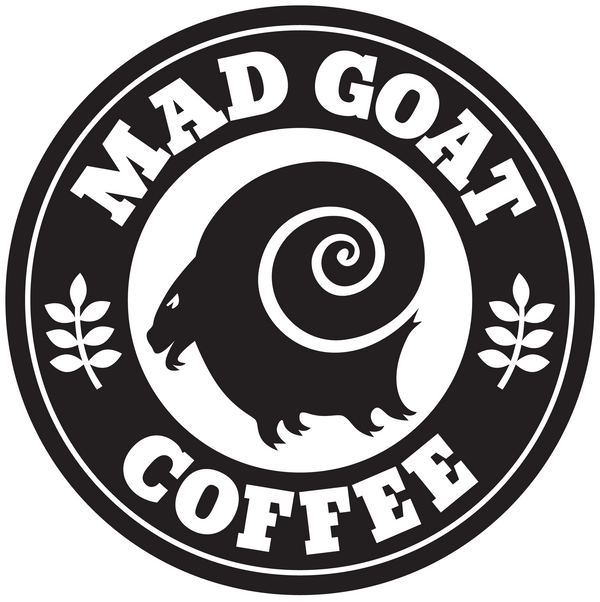Roasting

The roasting process is one of the most important steps in the development of great coffee.
When coffee was first discovered in Ethiopia 1000 years ago, it was first brewed as a tea with the fruit and seeds ground with a mortar and pestle and steeped in hot water. It took more than 200 years for the seeds of the fruit to be roasted in a metal pan over a fire and the first roasted coffee was created.
Like many other foods, applying heat to coffee changes its chemical composition. Acids, lipids, sugars, and other elements change and increase or decrease depending on the heat and time applied. The Maillard reaction is one process that contributes to the browning and caramelization of the roasted coffee.

We believe in the quality of the coffee we source, and we want that quality to come through in the cup you drink. Therefore, we typically roast light to medium-dark coffees and steer away from very dark, Italian or French roasted coffee. It is our belief that a darker, charred, coffee is masking the flavors inherit in the coffee.
We roast 20-30 pounds at a time on our 15kg Mill City Drum Roaster. These small batch sizes enable us to control the heat applied to the coffee and achieve the desired final temperature in a 11-16 minute time frame. Once the final temperature has been reached (anywhere from 380-405 degrees depending on the roast level), the coffee drops from the drum into the cooling tray, where an exhaust fan brings the coffee back to room temperature and stops the roasting process.

As you drink and experience more coffee, you will be able to taste the subtle (or bold) flavors of different regions and roasts. Like wine, there are many unique flavor profiles. A tasting wheel, such as the one below, can be helpful in understanding the different things you are tasting.

In general, lighter roasted coffees will highlight a bright, fruitier and more acidic flavor in the coffee. These coffees can ride a fine line with both sweet and sour, but in a candied fruit or lemon cookie kind of way.
Medium roasted coffees will often highlight more nutty or chocolatey flavors and the sweetness tends to have hints of caramel or brown sugar.
Dark roasted coffees will often contain a smoky flavor and the sweetness is a subtle bittersweet chocolate or burnt sugar.
These are broad generalizations and can be useful as starting points, however individual coffees will feature their own unique flavor profiles.
As we roast each coffee, we carefully apply heat at varying levels over the course of the roast to encourage the flavor profiles we desire. We also sample and cup our coffees and test variations to ensure the best possible representation of each coffee.
At the end of the day, we say "the best coffee is the one you like". We do our best to roast a variety of coffees a variety of ways to make sure you can find one you like. We think they are all pretty great.
Head here to find where to buy our coffee, or head here to find out how to brew great coffee at home.

